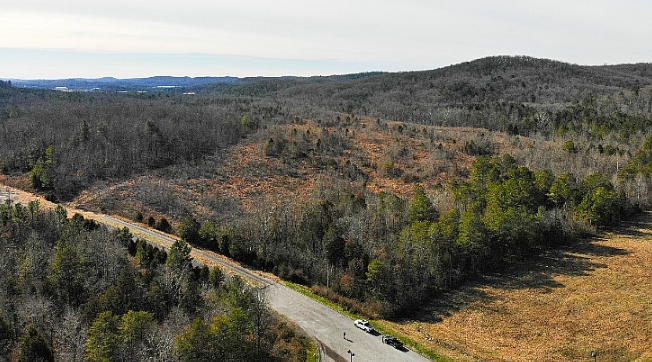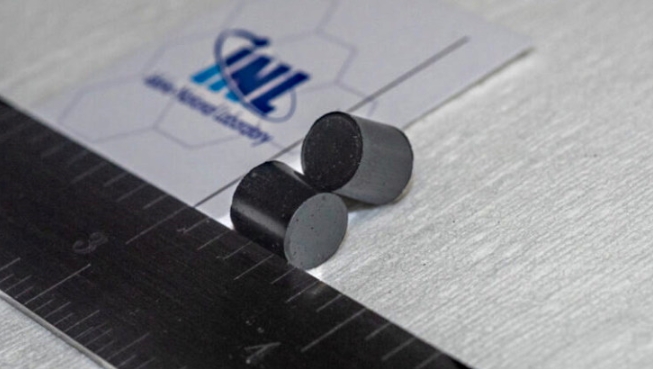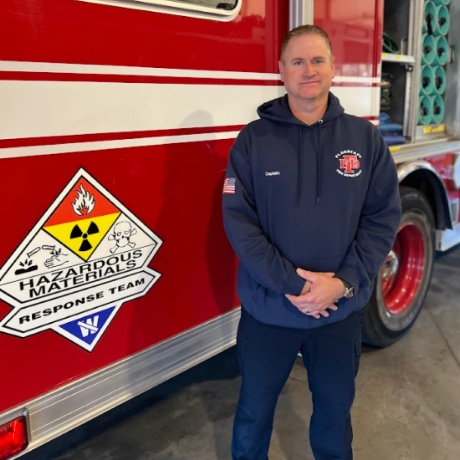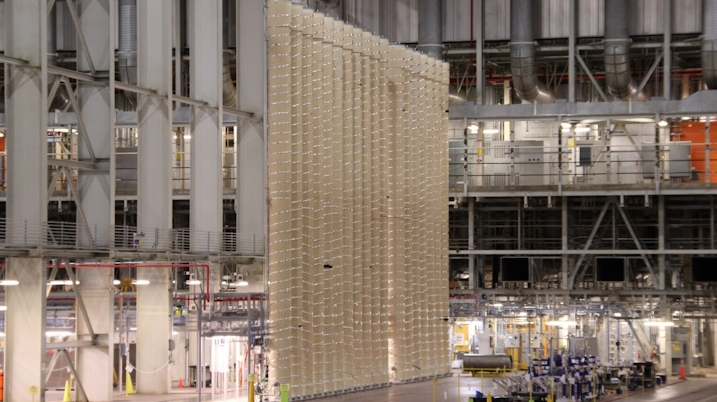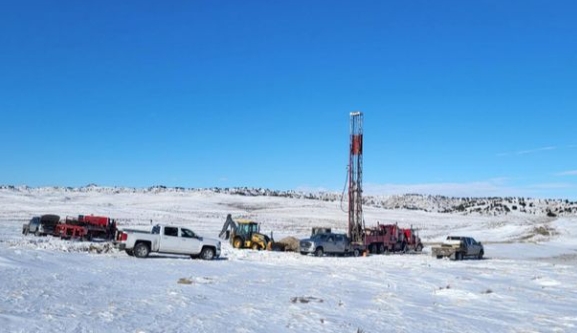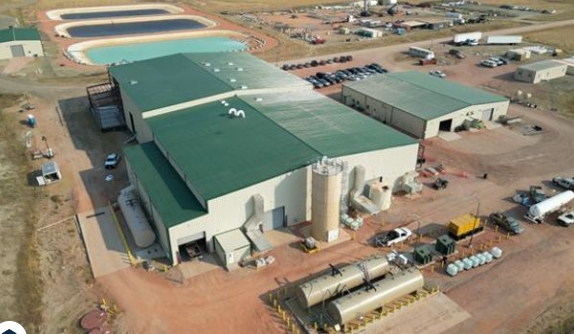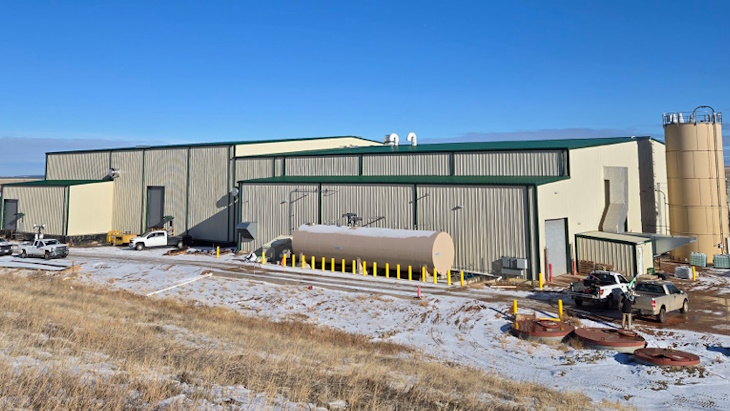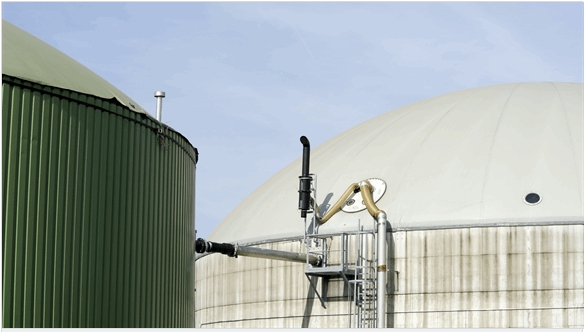
Hydrotreated vegetable oil (HVO) and sustainable aviation fuel (SAF) are expected to account for nearly 90 percent of the projected capacity, which is driven by growing regulatory pressure, the energy intelligence firm said.
“Supermajors are accelerating investments in biofuels like HVO and SAF, recognizing their potential as low-carbon ‘drop-in’ fuels that can be swiftly integrated into existing aviation, heavy transport and marine fuel systems”, said Lars Klesse, bioenergy research analyst at Rystad.
“As the energy transition progresses, these biofuels offer a practical, near-term solution to reduce emissions without requiring significant changes to current infrastructure.
“With increasing regulatory pressure to adopt SAF, such as Europe’s ‘ReFuel EU’ initiative and expanding mandates in Asia Pacific, biofuels have shifted from being a potential option to becoming an essential component of decarbonization strategies”.
Six of the projects involve the full conversion of traditional refineries. A further six involve co-processing, or the integration of biofeedstock into existing crude oil refineries to produce blended feedstock. The remaining 31 are greenfield developments, according to Oslo-based Rystad.
Britain’s BP has the biggest announced capacity among the Big Oil companies with a combined 130,000 bpd of ethanol, HVO and SAF production, according to Rystad. BP's Kwinana project in Western Australia is the largest announced refinery conversion, expected to produce 50,000 bpd of HVO and SAF, Rystad said.
Meanwhile Chevron’s Geismar project at home in the United States is the largest of the greenfield projects with 22,000 bpd of capacity, Rystad said. Chevron expects the Louisiana project to start production this year.
Chevron also has the biggest co-processing project through the El Segundo facility in California, according to Rystad. Last year a diesel hydrotreating unit at the refinery was converted into a 10,000 bpd renewables-based facility.
According to a separate report by the U.S. Department of Energy (DOE) published last week, announced SAF projects in the country so far are expected to reach over three billion gallons in annual production by 2030.
“This announced capacity correlates to over 10 percent of projected U.S. jet fuel demand, over $44 billion of investment, and over 70,000 jobs across the SAF value chain through 2030”, the DOE said in its “Pathways to Commercial Liftoff: Sustainable Aviation Fuel” report.
To achieve commercial scale-up by the end of the decade, the SAF sector must accelerate the deployment of production technologies and feedstocks readily available now, according to the report. “In parallel, investments in next-generation SAF (e.g., next-generation feedstocks, innovative SAF technologies and pathways, etc.) are essential to meet 2050 targets”, the report stated.
The Rystad analysis said, “As oil majors shift to lower-carbon energy, there is a clear trend toward advanced biofuels, particularly HVO and SAF, with companies scaling up production to meet rising demand from the aviation and heavy transport sectors”.
“Despite some project delays, biofuels are seeing a significant increase in investment and innovation as 2030 decarbonization targets loom and the market for fossil-fuel alternatives grows”, Rystad added.
